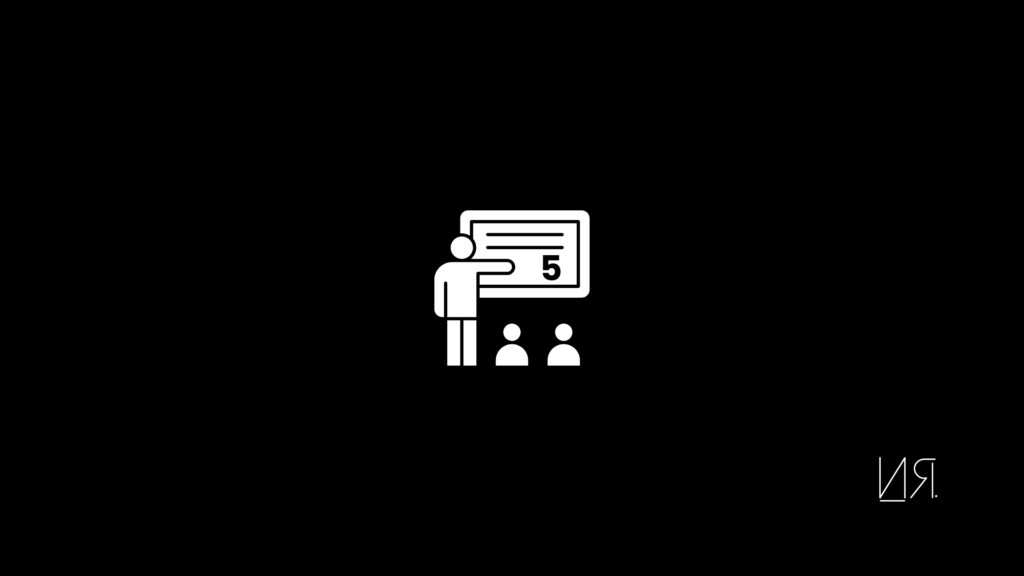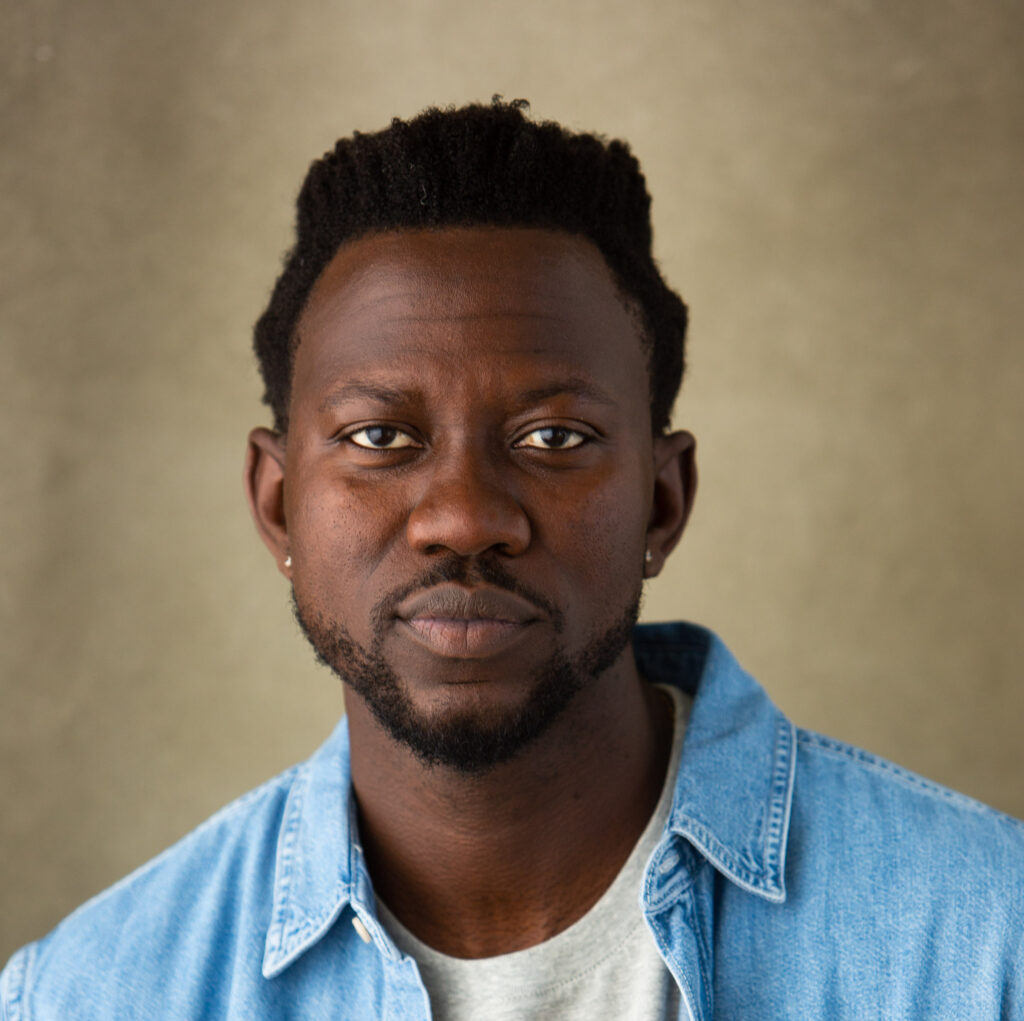Your story is your biggest point of leverage.
I had an interesting insight recently where insights happen the most – the shower.
As I rinsed off sweat from the gym, my thoughts swerved around how companies struggle to hire, train, and retain good talent.
Then my thoughts bent the corner and it clicked…..whoa.
Insight: “If you can’t find a job faster than your employer can replace you, you don’t have leverage.” If you can find a job faster than your employer can hire and train someone to replace you at your current capability, then you have an edge.
Yeah, it might take six months to find a new job, but if it takes your employer nine months to replace your skill level, you have the upper hand.
This applies to entrepreneurs too. If you can find a new customer base faster than your current customer base finds an alternative to you, you have leverage. Otherwise, keep refining your business model.
In this “free market” where businesses, employees, employers, and customers can be replaced by swiping like tinder, you have to keep building leverage.
And teaching with your story is one of your biggest points of leverage.
Crowded market:
There’s a lot of content out there.
Social media democratized distribution.
AI has democratized content creation.
But nothing democratizes authenticity.
The one sure thing left now is your authentic brand, which you build and scale with educational content.
To be persuasive you have to share expertise in a trustworthy fashion. The way you build that trust is through things you’ve experienced.
AI might come for your job but it can’t come for your story.
Teaching is in your future.
5 Steps to Use Your Story to Educate and Build Brand:
I did a little thing that significantly increased the sales pipeline for my first business: I added my LinkedIn profile to the signature of my emails.
This act drastically increased the number of people I booked. Up until then, my main source of booking sales calls were to send emails to prospective clients that I had never met before.
Most of them told me to never contact them again. (Cold world)
The remaining were kind enough to just ignore, a select few decided to chat. Then I added my LinkedIn profile, just under my name, in my emails. By then, I had been writing weekly on LinkedIn. I noticed that few people clicked my LinkedIn profile. Of those who clicked, close to 80% of them booked a call with me.
Just simply writing online, increased trust by 17X.
I’ve gotten a full-time job without submitting a resume, simply by writing online. I’ve been invited to join boards, by being visible online.
When you learn the power of trust, you’ll overcome whatever is holding you back to scale trust online.
It creates more opportunities and optionality, improves your leverage, increases your autonomy, and helps you live a more meaningful life.
Here’s how to leverage your story to teach:
1. Types of stories
Everyone has a story.
You might just not be brave enough to tell it and that’s fine.
Over the past year, I’ve written a post, every single day, on LinkedIn. With over 450 posts, I have a lot of data on what works. Posts with a personal story perform better than the rest. Yet I still struggle to incorporate personal stories into my posts.
I know the resistance people feel in sharing their stories.
But that’s your unique advantage. People trust you more when you share something that is relatable.
There are three types of stories to share.
- Origin stories: You are always reaching a new audience online. Tell and repeat your story on why you got on this path. The challenges you faced. How you overcame it.
- Failure stories: These make you more relatable. Make sure you tell them with a lesson you learned.
- Success stories: Use this to cushion the failure stories. You want people to associate you with success, so they trust that you’re the one to listen to for the outcome they’re looking for.
Everyday, save one unique thing that happened to you in a note-taking app. Sprinkle these stories into your posts, videos, and audio.
2. Story Format
There are three main types of content to focus on: written, audio, and video.
I focus on the ‘written’ because I can bring my writing strengths to it. You might be more comfortable, using more of a free conversation flow. In that case, you might want to focus on video content. If you don’t want to be on camera, perhaps you can start a podcast.
In reality, you probably want to do a mix. But to start, I’d say choose one and stick with it for some time. For instance, I have posts that have worked in writing. Now that I want to do more videos, I can repurpose it into a video. But I had to focus and get a lot of feedback to decide what works (more on this later in this letter).
Choose your format and move on to the next step.
3. Story structures
Structure is your friend.
In the last six weeks, I’ve been in a writing and entrepreneurial masterclass. Everytime we have our office hours, the instructor (one of the biggest writers on medium and Linkedin), spends time giving feedback on the content we’ve created for the week.
He spends 80% of the time giving feedback on the headline and the first two sentences.
Why?
Because if you can’t hook people to keep reading, you’ve lost them. While your words are still lingering on the page, they are already five posts down looking at puppies and catching the latest updates on the Diddy case. You are in an attention competition. So focus on a structure that helps.
Here’s a story structure you can always use:
- Hook: The headline and sentence that builds curiosity.
- Short problem statement: A challenge you faced.
- Journey to overcome: The story of succeeding and failing to overcome.
- What you learned: This is the moral of the story. It’s what you want to teach.
- CTA (How will they take action on their learning): Ask them to comment or reply how they’ll take action.
Use structure as a guide to tell your stories.
4. Quantitative Feedback
Quantity leads to quality.
A lot of us delay from starting. We want to start with perfection. But perfection is a myth and a trap. In this interesting era we’re in, you can actually get data from what you put out. That’s why your priority when you start is to overcome your fear and get data.
As I mentioned, I have 450+ consecutive days on LinkedIn. I put all that data into a social media analysis app I built and now I know what resonated. No guesswork nor delay. Just hard data. In essence, data tells you what people think is quality.
Use feedback from the data, comments, DMs people send you to get ideas to create more educational content.
Prioritize learning when you start.
5. Purposeful educational content:
Trust just makes everything in business and life easier.
Educational content is how you scale trust online.
As you go down your educational content journey, incorporate success stories. People will begin pairing you with it, building more trust. Then they’ll begin to pay more attention to your takeaways. They then begin to take action and hopefully see results. When people realize they are getting an ROI on what you provide for free, when you do present an offer, they know they will get a high ROI, making them take the offer with ease.
This is how you increase leverage over time, putting you on your own path for optionality, autonomy, and a well-rounded life.
I hope you’ll begin this week.
Yours truly,
Nifemi



